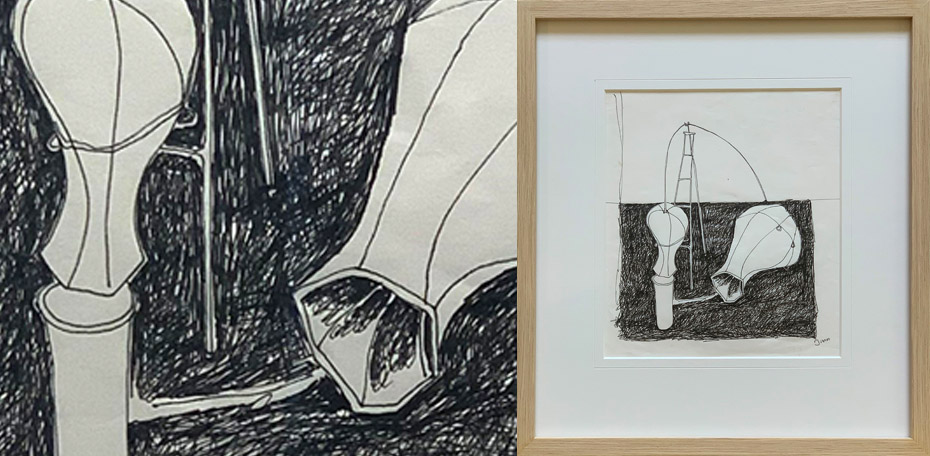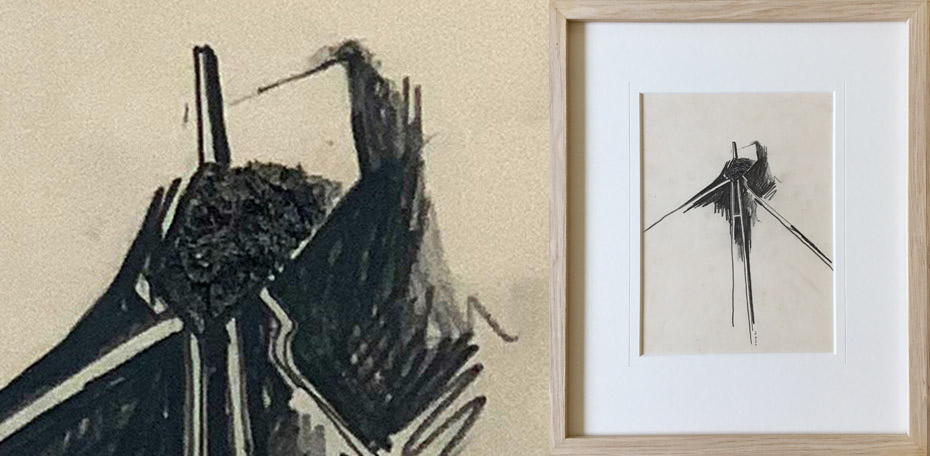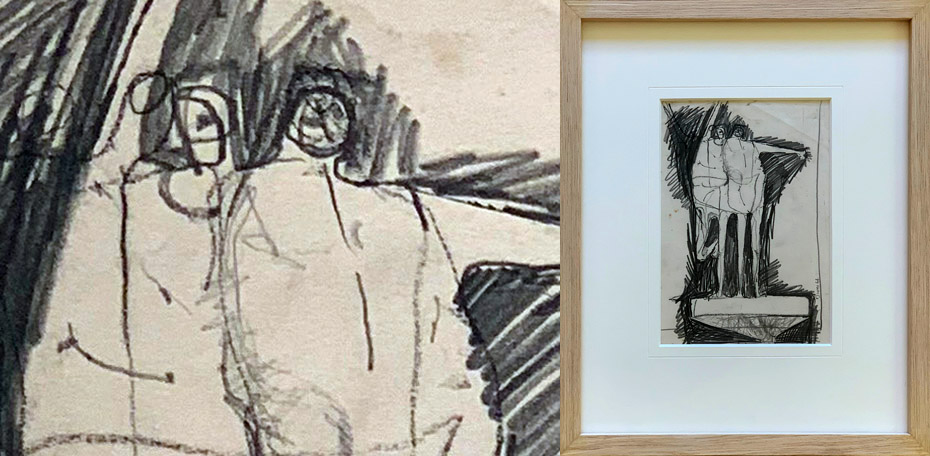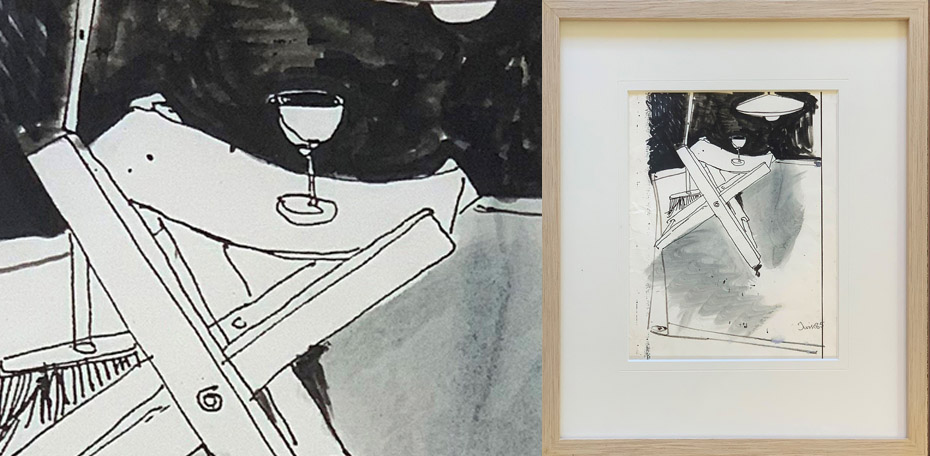Often called the godfather of contemporary sculpture in New Zealand, Greer Twiss has been making and teaching sculpture for more than 60 years. Born in Auckland in 1937, he graduated with honours from Elam School of Fine Arts in 1959. The recipient of a QEII Arts Council travel grant in 1965, Twiss travelled to Britain and Europe where he studied the lost-wax process. When he returned to NZ, he had to set up his own foundry because bronze casting by artists was so new in New Zealand.
Taking up his first teaching position at Elam School of Fine Arts in 1966, Twiss had a long career teaching at the Auckland University. He was appointed an Associate Professor, becoming Head of Sculpture in 1974. He retired from the school in 1998.
Besides teaching, Twiss has maintained a prominent sculpture practice, exhibiting extensively throughout NZ and overseas. He has been the subject of two retrospective exhibitions (City Gallery Wellington and Auckland Art Gallery), and his sculptures are included in all major public and many private collections in NZ, as well as in numerous international collections. He has been awarded major public commissions in NZ and was a guest contributor to the sculpture park at the Seoul Olympics. In 2002 Twiss was awarded an ONZM for sculpture, and in 2011, he became the recipient of an Icon Award from the Arts Foundation of New Zealand, an award limited to 20 living art-makers.
From maquettes to public sculpture, Twiss’ art is an expression of what he knows and observes around him. Twiss has worked in a number of mediums including lead, fibreglass, galvanised iron and wax, but he is best known for his tactile bronzes which he appears to set in motion by strategically angling the works on small bases.





